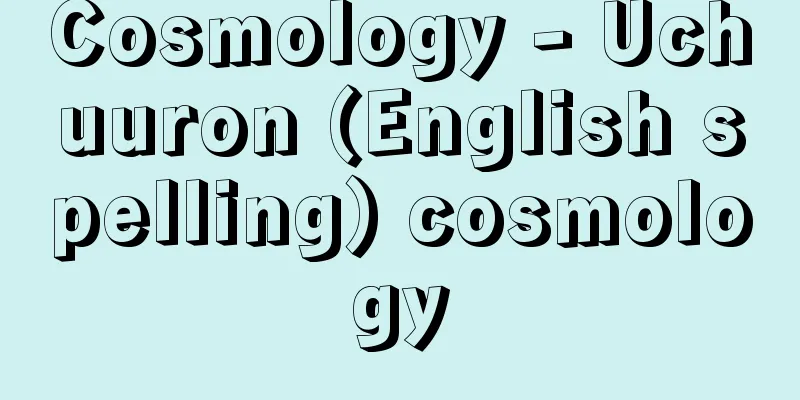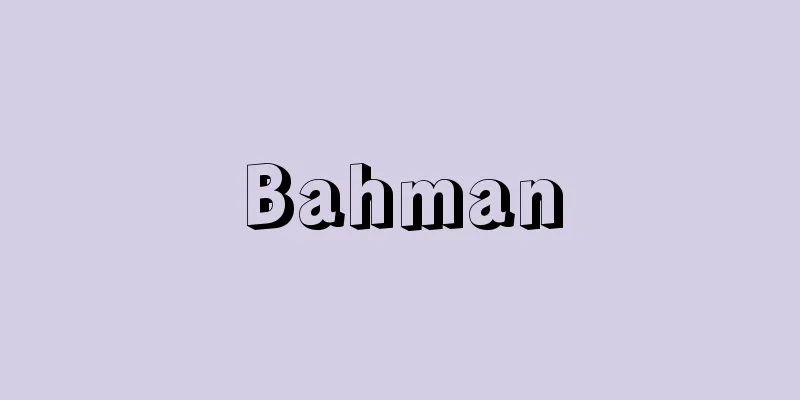Induction heating - Yuuka Heating

|
A method of heating by converting electrical energy into thermal energy through electromagnetic induction. In principle, a material to be heated is used instead of the secondary coil of a transformer, and Joule heat is generated when a secondary current induced by electromagnetic induction flows through the material. Materials to be heated include conductors such as metals and carbon, and semiconductors such as silicon, germanium, gallium arsenide, and fused silica. For non-conductors, indirect induction heating is used, in which the material is placed in a conductor container and heated, and is used in applications such as chemical reactors. At the beginning of the 20th century, induction heating was mainly used for melting and hardening metals, but recently it has also been used for heat treatment in steel manufacturing lines, and from the viewpoint of energy saving, induction heating has also been used in combustion furnaces for heavy oil and gas. There are two types of induction heating furnaces: crucible-type furnaces used for melting precious metals, iron, copper, brass, aluminum, etc., and channel-type melting furnaces for molten metals. The former use a wide range of frequencies from low to high depending on the purpose, and some can process 60 tons at a maximum of 10 megawatts. The latter use commercial frequencies for copper, zinc, etc., and have the advantage of being able to heat the molten metal evenly. Other types used include heating equipment for heat treatment, hardening machines, welding machines, brazing equipment, zone melting equipment for semiconductors such as germanium and silicon, chemical reactors, and quartz processing equipment. Induction heating has high heating efficiency because the material being heated is heated directly, and it can reach extremely high temperatures and heat rapidly. In addition, because it is an indirect heating method that does not use fuel, it is possible to heat without contact or locally. Furthermore, since the molten metal is stirred in the melting furnace, it has the advantage of being highly uniform and temperature control can be performed easily and quickly. However, it has disadvantages such as the fact that the frequency is determined by the material being heated, so the equipment is expensive, and when the object being heated is large or complex, it is difficult to heat it uniformly, and the energy costs are generally high. [Michinori Iwata] ©Takashi Aoki Types and principles of induction heating Source: Shogakukan Encyclopedia Nipponica About Encyclopedia Nipponica Information | Legend |
|
電磁誘導によって電気エネルギーを熱エネルギーに変換し、加熱する方法。原理的には、変圧器の二次コイルのかわりに被加熱材料を用い、電磁誘導により誘導された二次電流が被加熱材料を流れる場合に発生するジュール熱を利用する。被加熱材料は金属、カーボン(炭素)などの導電体とか、シリコン(ケイ素)、ゲルマニウム、ヒ化ガリウム(ガリウムヒ素)、溶融シリカなどの半導体が対象となる。非導体の場合は導電体の容器内に被加熱材料を入れて加熱する間接誘導加熱が用いられ、化学反応炉などに応用されている。 誘導加熱が工業に利用されるようになった20世紀の初めには、金属の溶解、焼入れが主であったが、最近では製鉄ラインなどで熱処理を行う目的にも利用され、省エネルギーの観点から、重油、ガスなどの燃焼炉も誘導加熱を用いるものが現れている。誘導加熱を用いた炉には、貴金属、鉄、銅、黄銅、アルミニウムなどの溶融に利用するるつぼ型炉と、金属の溶湯を目的とした溝型溶解炉がある。前者には目的に応じて低周波から高周波までの広い範囲の周波数が選ばれ、最大10メガワットで60トンを処理できるものもある。後者には銅、亜鉛などを対象に、商用周波数を用い数千キロワットで200トンの処理能力のあるものまでつくられており、溶湯が均一に加熱できる利点がある。このほか熱処理用加熱装置、焼入れ機、溶接機、ろう付け装置、ゲルマニウム、シリコンなどの半導体のゾーンメルティング(帯域溶融)装置、化学反応炉、石英加工装置などが用いられている。 誘導加熱は被加熱材料が直接加熱されるので加熱効率が高く、きわめて高い温度まで加熱でき、急速加熱が可能である。また、燃料を使わない間接加熱法なので、非接触の加熱や局所加熱もできる。さらに溶解炉では溶湯が攪拌(かくはん)されるので、均一性が高く、温度制御も容易に迅速に行えるなどの長所がある。ただし、被加熱材料により周波数が決まるので、装置が高価になり、被加熱物体が大きかったり、複雑な場合は、均一な加熱が困難で、一般にエネルギーコストが高いなどの欠点がある。 [岩田倫典] ©青木 隆"> 誘導加熱の種類と原理 出典 小学館 日本大百科全書(ニッポニカ)日本大百科全書(ニッポニカ)について 情報 | 凡例 |
>>: Floating stick - Floating stick
Recommend
Chuchoto - Chuchoto
A Chinese thinker from the end of the Eastern Han...
Masuda Manor - Masuda no Sho
This manor was located in Kuwana County, Ise Provi...
Lady Awashima - Lady Awashima
A faith that is believed to be effective mainly fo...
Georges Méliès
A French filmmaker active in the early days of ci...
Chinese science (English)
Just before the end of the 15th century, a fleet l...
King Gwanggaeto
The 19th king of Goguryeo, Korea (reigned 391-412...
Long-run system
A theatrical term referring to a long-running perf...
Saar Kohlenfeld
Located on the border between Germany and France,...
Amimegusa - Amimegusa
→Fittonia Source : Heibonsha Encyclopedia About My...
Livingstone, D.
…British African explorer. He is a typical explor...
Gleicheniaceae - Gleicheniaceae
A family of ferns in the order Fern. Widely distri...
Jan van der Heyden
1637‐1712 Dutch streetscape and architectural pain...
Cynips gallaetinctoriae
An insect of the Hymenoptera family, Cynipidae (il...
Demus - Demus (English spelling) Jörg Demus
1928‐ Austrian pianist. He studied under Gieseking...
Nichinou - Nichino
Abbreviation for "Nihon no Umin Kumiai (Japan...









